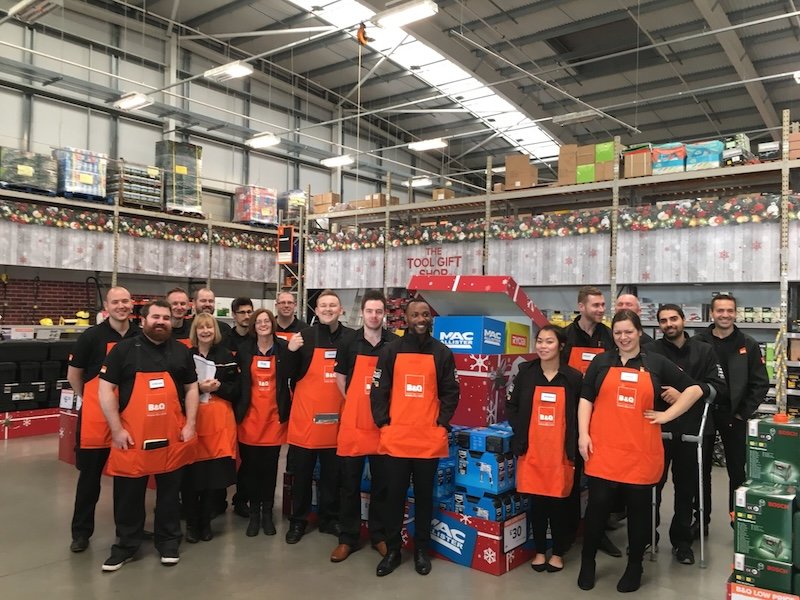Don’t fight Amazon, embrace it
By Alex Song, CEO and Founder, Innovation Department
It’s impossible to discuss retail or e-commerce these days without mentioning Amazon. Much has been written about the company being behind the demise of small retailers and startups and many articles offer ideas on how to compete or workaround the 800-lb gorilla.
But sometimes the old adage “if you’ can’t beat them, join them” holds true. Retailers and e-commerce brands that set out to build a strategy that embraces Amazon, rather than dismisses it, can find a strong partner and collaborator that can help, not hurt, their business.
There’s no denying Amazon’s strength and reach. It remains a top destination for online shopping, gobbling up 49% of the US e-commerce market or 5% of all retail. As of June 2018, there were more than 100 million American Prime members and during this past holiday season more than 180 million items were ordered between Thanksgiving and Cyber Monday.
With scale like this, retailers need to do more than just keep an eye on what Amazon is doing but should proactively determine how they work with it and model their own online strategy after the company. The e-commerce giant should be embraced as a partner in the early stage development of a consumer company. An Amazon strategy is a critical part of an omnichannel experience and companies that are open to this can tap into the opportunities that it brings as it relates to distribution, feedback and customer acquisition.
One of the key benefits of Amazon is that it can help enhance distribution through a built in logistics channel. From a user perspective, it provides a forum for feedback, customer reviews and communications. Its shoppers already feel empowered to share reviews on the website and this can turn into one of the more powerful feedback and communications methods.
Well-known consumer brands that already sell on Amazon use it as a strategy that runs alongside their direct to consumer relationships. Having another impression point can strengthen their brand equity, adding another touchpoint in their omnichannel strategy.
Amazon’s acquisition capabilities lie in their search function. The search/purchase lifecycle is changing; more than 50% of retail customers begin their search not on Google, but on Amazon. If done right, visibility on the platform can be a direct line back to your website as customers seek out more product information and details that are not available on Amazon. This also provides a good opportunity for customers to learn more about your brand through content, thought leadership and special offers that may only exist on your own website.
It’s clear Amazon is not going away. E-commerce brands that learn to work with it, not against it, can reap the benefits of having a powerful partner that helps launch your brand into the next stage of growth.










Continue reading…